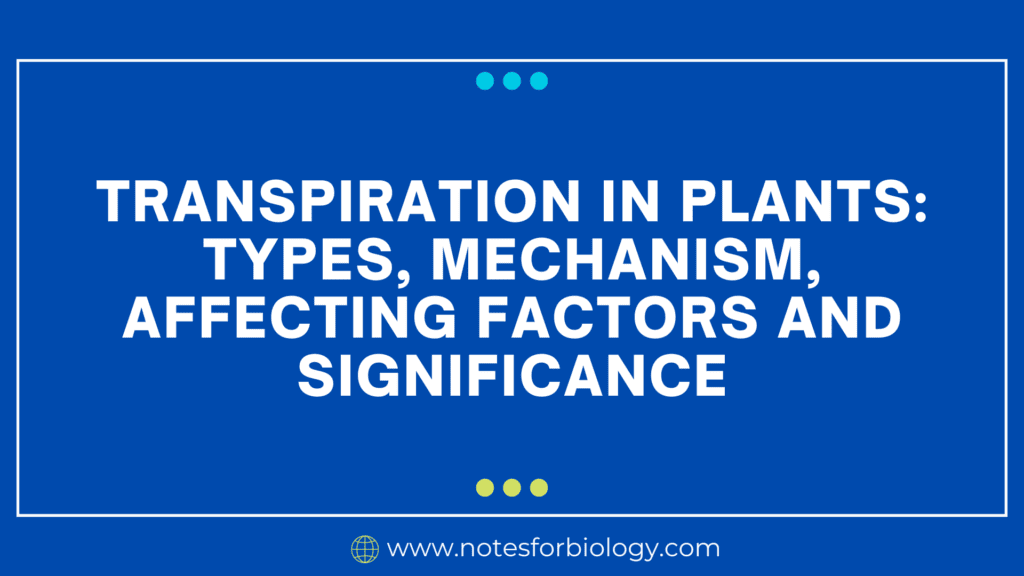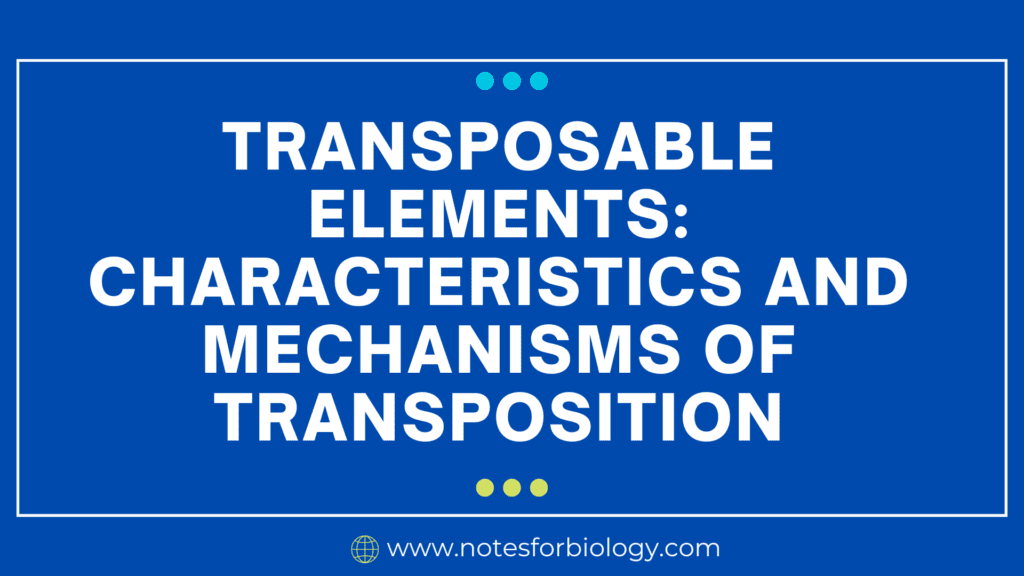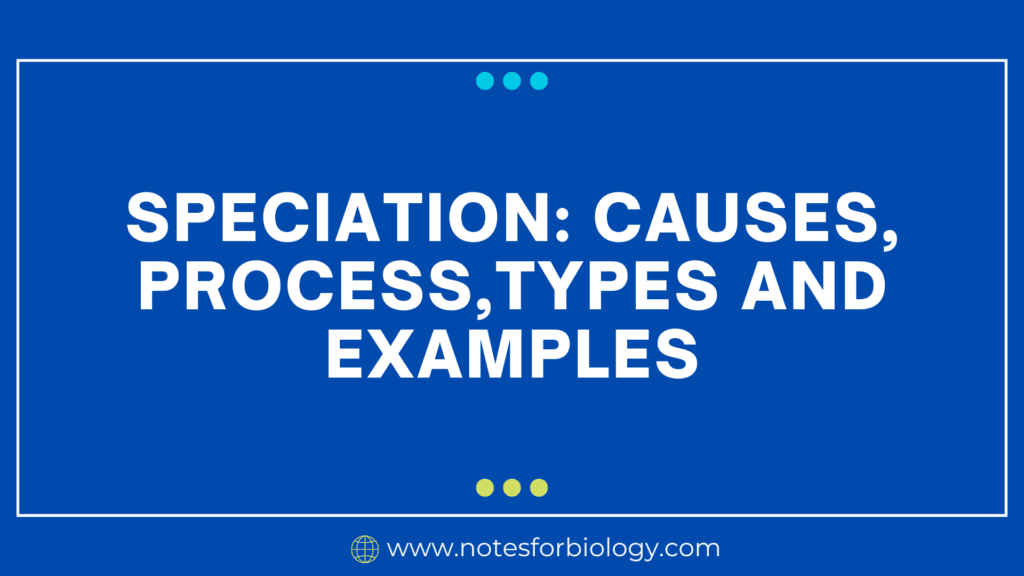Chromosomal theory of inheritance
The Chromosomal Theory of Inheritance is a key idea in genetics that explains how traits are passed down from parents to their offspring through genes carried on chromosomes. Let’s break Chromosomal theory of inheritance down in simple language and use some examples to understand it better. Basics of Genetics To understand this theory, we first […]










